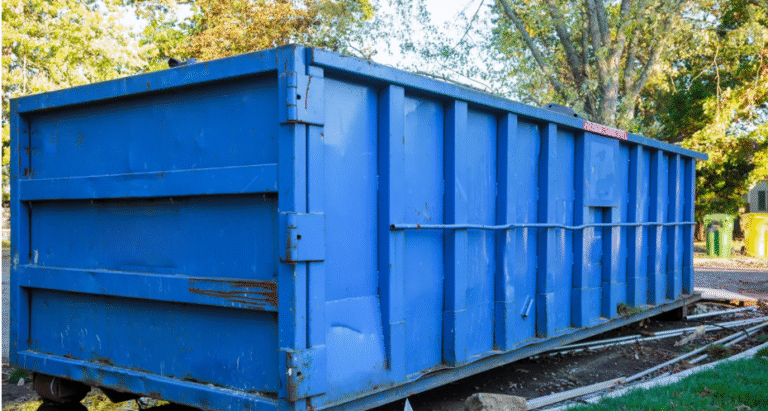The Role of Commercial Renovation in Adapting to Changing Business Needs
In a rapidly evolving marketplace, businesses must stay agile to remain competitive. One of the most effective ways to achieve this adaptability is through strategic commercial renovations. Modern upgrades go beyond surface-level improvements; they’re designed to enhance functionality, comfort, and the overall customer experience. As industries adopt new technologies and flexible operations, the need for adaptable workspaces has never been greater. Reimagining office layouts, retail environments, and industrial facilities ensures long-term efficiency and growth. For companies seeking to modernize their properties, commercial renovation in Cumming offers a structured approach to creating spaces that evolve with business demands while maintaining productivity and style.
Understanding the Importance of Commercial Renovation
Every successful business eventually reaches a point where its existing environment no longer aligns with its goals. Whether due to technological shifts, workforce expansion, or new consumer expectations, commercial renovation helps bridge the gap between outdated layouts and future needs. Updating workspaces can improve workflow, optimize square footage, and reduce energy consumption while reinforcing a company’s brand identity.
Strategic remodeling also reflects a commitment to employee satisfaction. When employees operate in well-designed spaces with modern amenities and improved lighting, productivity and morale increase significantly. Furthermore, customer-facing businesses benefit from upgraded interiors that enhance comfort and visual appeal, creating a lasting impression that strengthens brand loyalty.
See also: Understanding Commercial Banking: A Comprehensive Guide for Business Owners
Planning for Functional and Future-Ready Spaces
Renovating a commercial property involves more than surface-level design changes. It requires comprehensive planning that addresses both functional upgrades and future scalability. A detailed approach ensures that each modification serves a practical purpose, whether that’s improving accessibility, upgrading HVAC systems, or integrating innovative technologies that support sustainable operations.
To ensure efficiency, understanding tips for planning a commercial building renovation makes it easier to approach the process strategically and avoid costly setbacks.. Effective planning considers factors such as workflow optimization, energy efficiency, and compliance with modern building codes. Collaborating with experienced contractors ensures renovations align with operational priorities and minimize downtime during implementation.
Modern design trends also emphasize open layouts that encourage collaboration, flexible spaces that adapt to changing teams, and biophilic elements that promote well-being. These innovations not only improve functionality but also attract top talent and clients who value forward-thinking environments.
The Financial and Operational Benefits of Renovation
Investing in a commercial renovation yields measurable returns. Updated systems such as energy-efficient lighting, smart thermostats, and advanced insulation reduce operating costs while supporting sustainability goals. Improved layouts can accommodate evolving business models, including hybrid work setups and digital-first operations.
Renovations can also increase property value, an important factor for organizations looking to sell, lease, or refinance. A well-renovated facility demonstrates stability and forward momentum, making it more appealing to investors and tenants. Businesses that reinvest in their infrastructure are better equipped to pivot during economic or technological shifts, ensuring continuity and competitiveness in any market condition.
Enhancing Customer and Employee Experience
The impact of renovation extends beyond visual appeal. Modernized spaces communicate professionalism, reliability, and innovation. For employees, a functional and comfortable work environment fosters focus, creativity, and collaboration. For customers, an updated setting reflects quality and trustworthiness, which directly influences their engagement and loyalty.
Adapting your commercial space to meet evolving demands reinforces your business’s resilience. Whether it’s updating outdated interiors, improving energy systems, or reconfiguring layouts, strategic renovation ensures your facility supports future growth while maintaining a positive impression on everyone who walks through the door.
Conclusion
Commercial renovation plays a vital role in helping businesses evolve with changing demands, technologies, and customer expectations. By combining thoughtful design with efficient functionality, companies can create spaces that inspire productivity and promote long-term sustainability. Renovation isn’t merely about modernization; it’s about building environments that evolve alongside the organization and its people, ensuring continued success in a competitive landscape.






